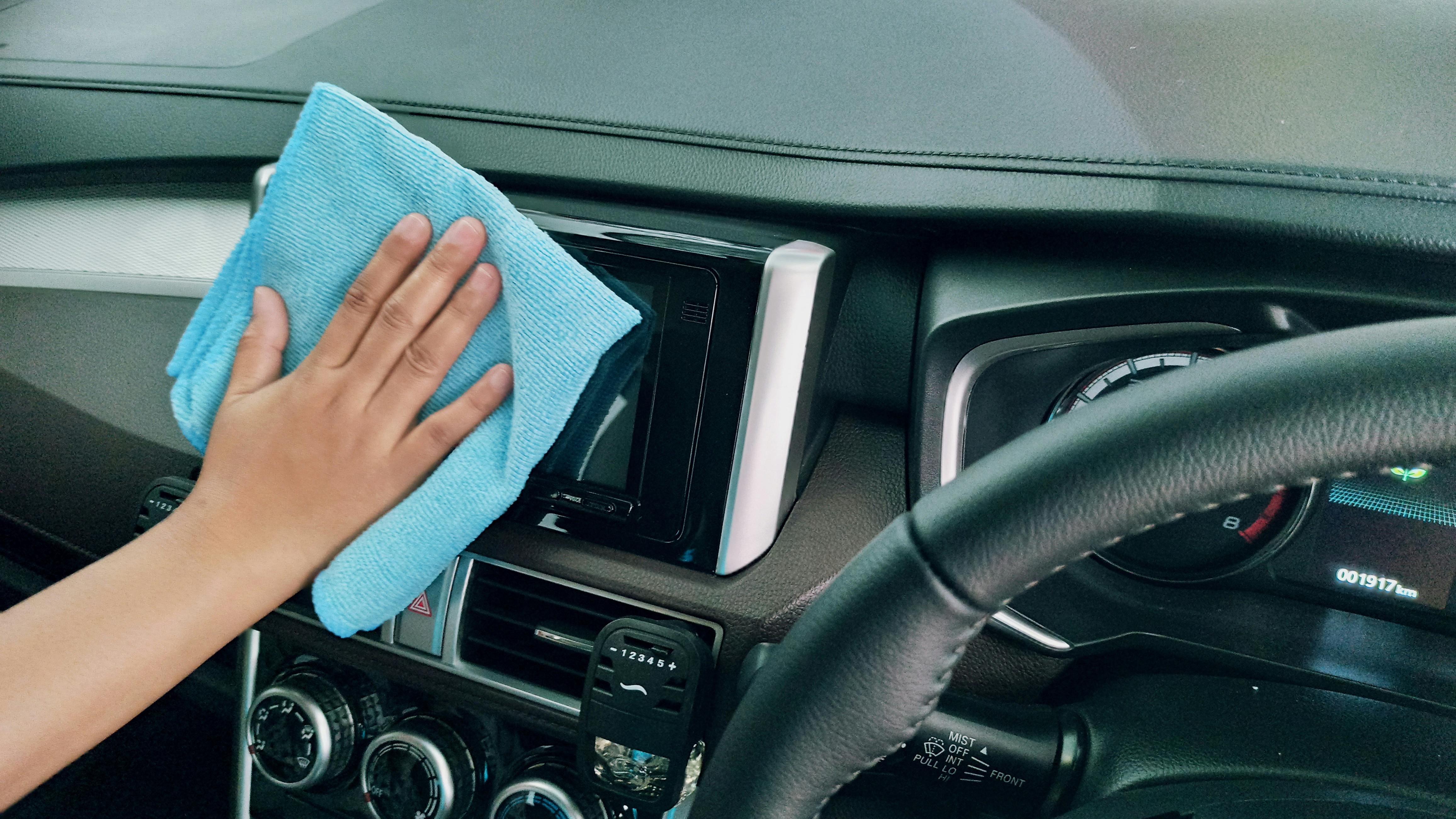Words that pop off the page and drive sales are what you want from your copywriting. Last week we heard from Louis Burns about the use of NLP in direct response marketing and now we’ll take a closer look at how copy is written.
Copywriting is an essential part of marketing online and offline. The strategic choice of words that promote a product or service will encourage the reader to take action. For this to happen, you need to tell compelling stories and grab the reader’s attention.
THE HEADER
The first thing we need is a headline. There’s a rule that you should spend up to 50% of the time it takes to write persuasive copy to make sure your headline works. David Ogilvy, an advertising legend, wrote this famous headline 104 times before he got it right:
‘At 60 miles an hour, the only thing you’ll hear in the new Rolls Royce is the ticking clock on the dash’
An average of 8 out of 10 people will read a headline, but only 2 out of 10 will read the copy that follows. The better your headline is written, the better chance you have of persuading your readers to keep reading. Having a good headline is also not the answer because you need the same power in what follows to keep your readers reading, but without that attention grabbing headline you are doomed to fail.
The headlines must be
* Useful for the reader
* Make him or her feel a sense of urgency
* Convince that the benefit is somehow Unique
* Each of these qualities must be presented in an Ultra-Specific way
The questions Clayton Makepeace, a copywriter guru, says you should ask are:
1. Does your headline reward the reader in any way?
2. What details will make your headline more interesting and believable?
3. Will your headline elicit strong emotion for the reader to take action?
4. Does the headline instantly get a nod from the reader?
5. Will your headline be better if it includes a proposition?
6. Can you introduce the feeling that the text that follows the headline is worth reading?
The combination of the 4 U’s and these 6 questions give you a great framework for writing your headline. Using NLP techniques, enter the customer’s world and find ways to provide a rewarding and helpful experience.
COPY STRUCTURE
All of our writing should be clear, concise, and simple so that we can communicate easily. We need to make a promise from the beginning that tells the reader WIIFM (What’s in it for me) so that they will be interested in reading further.
In NLP terms, you need to think about the preferences of your ideal customer, how they might think and react. You can remember them looking for ways to make influencing more effective and how better communication can increase success.
Each section of the copy should have a theme or main idea that supports the overall goal of your proposal.
You need to make sure that you offer very specific claims and reasons why using specific facts to support what is being offered.
Credibility is something you need to build, using references and testimonials from people who have benefited from using your product or who are recognized experts in the field.
We know that stories and metaphors are powerful ways to hold the reader’s interest, and a good story is a valuable way to convey a message.
You must present your offer very clearly and overcome reader resistance by demonstrating the benefits of using or buying what you have to deliver.
At the end, you need to summarize what you have said with your original promise and show how you will make it happen.
Using these points will make your copy persuasive and effective, and practice will produce good results.
SALE PROFITS
One of the most important qualities of a good copy is that the benefits are emphasized. Features don’t sell products, but profits demonstrate WIIFM.
The benefits must be real, because fake benefits will fail. To know the benefits you can use this procedure:
* Make a list of all the features of your product or service
* Ask yourself why each one is there
* Take each ‘why’ and explain how this gives your customer what they want.
* Calculate the emotional return for the client of doing what you propose
Sometimes when you’re selling to a very technical customer, you can use the feature as a sales tool, because trying to get through their emotions can be annoying for them. Most customers buy what they want, but when your technical buyer needs a solution to a problem, that’s what you sell. Still, with features that are innovative, you’ll need to move them along the decision path to make the right decision.
Most of the time we buy based on our emotions, rather than the logic we like to think we use. To generate emotion we must talk to the right brain, which controls desire, and justify the needs of the logical left brain with characteristics and data.
OFFERS AND PROMISES
Making an unrepeatable offer is a way to encourage your customer to buy, so finding that irresistible incentive is a real challenge. Unless you make a good offer, why choose your product or service among so many other alternatives? You may think it’s obvious that what you offer is the best, but getting inside your customer’s head and understanding what they think is important. It’s a skill you must develop and use to make sales.
Every promise or offer you make needs to be backed up with some kind of proof, which is better than just saying “satisfaction guaranteed.” You need to reinforce your offer with a compelling promise that what you’re selling will meet or exceed expectations. This will demonstrate your trust in the product or service and educate the risk your customer feels they are taking in making their purchase decision.
LONG OR SHORT COPY?
This is a question that is always asked, but there can never be one answer for all situations. Historically, a short headline of 8 words or less has been more successful in most campaigns, but there are situations where you want to convey more information than can fit in 8 words. The rule of thumb should be that you write a headline that contains a unique offer and benefit to the reader, no matter how long the headline should be.
Do people read long sales letters? In fact, they do, and there is plenty of evidence that a longer sales pitch is more effective. According to Bob Bly, one of the best copywriters, the length of your copy depends on three main factors:
The Product – The more features and benefits, the longer the copy will be
The audience: Some people want as much information as possible before buying.
The Purpose: The sales copy must answer all possible objections in the mind of the customer.
Joe Sugarman, Master Writer adds two more factors:
Price Point: The higher the price, the more copies it takes to sell.
Unusual Article: The more unusual the product or service, the more benefits it must demonstrate and therefore the more words are needed.
Copywriting guru Michel Fortin presents four product categories, each requiring longer copy:
Convenience products: an immediate need, low price, no thought, impulse buy, short copy.
Product purchase: higher price, more chance to shop around, need more copies.
Special products: exotic items, luxury cars, expensive jewelry, art, a longer copy is definitely needed.
Unsought products: If you didn’t know you needed it, you’ll need to convince it with really long copy.
I hope you can see from this that the answer to your copy length can only be answered by what works best for what you’re selling. This can be determined by trying different copy lengths and styles, to see if it is more or less successful.
Above all, your copy should not be BORING!
YOUR SLIDING FILE
The copywriter slip file is a collection of snippets of other people’s work and can include impressive headlines, sales letters, and pieces of copy. These are a resource that you accumulate as you develop your skills. The secret to using the swipe file is to make sure you use it in the correct context in each situation. Many times the mistake of cutting and pasting is made without thinking through what is meant. Choosing the exact words, in the winning context, will help you achieve the result you are looking for.
GETTING HELP
Since I started, I have used software to compare what I write against a large database of successful copy. The software is Glyphius and you can use it to generate a score based on the likely success of the words you use. Many reviews have been written by leading copywriters who were initially skeptical, but after using and testing the generated copy recommend its use. It works like a massive swipe file by comparing what you write to a copy that has been successful. It can’t write copy for you, but it acts as a benchmark for you to use when comparing different ways of saying something meaningful.
A big part of the way this post is written is thanks to the excellent work of Brian Clark of Copyblogger.com. Thanks Brian for doing such a great job!
A BONUS
Trevor Crook is a master copywriter who believes in the principle of reciprocity and is therefore pleased to provide you with his copywriting plan formula free of charge. All he asks in return is that you forward it to 3 people you know would like to receive it.
Please let me know of any questions or comments you have about this important NLP writing skill by leaving a comment and I’ll do my best to find an answer.
Using the principles and standards of good NLP direct response writing will allow you to put together words that will hit the page and drive sales.



